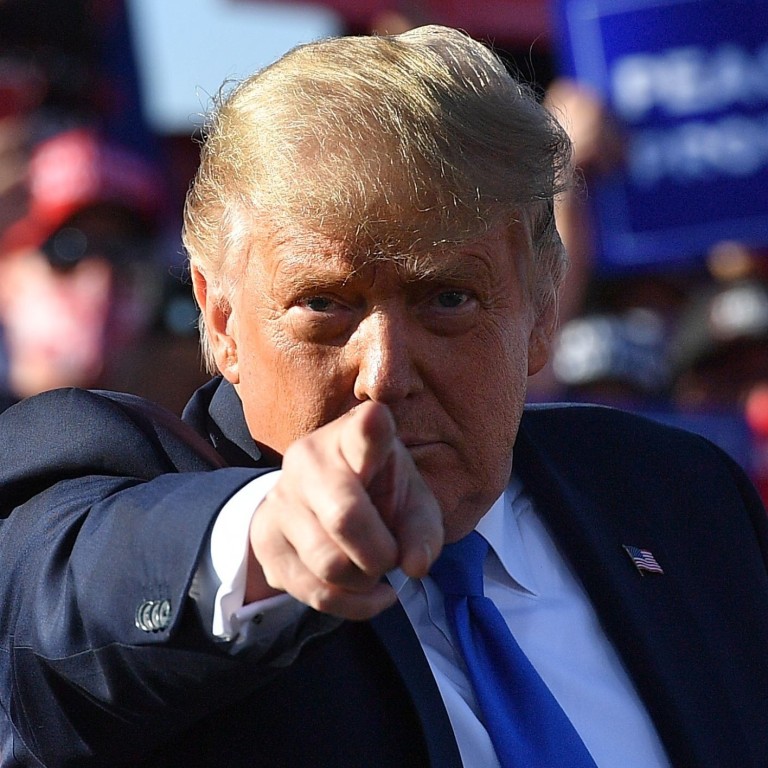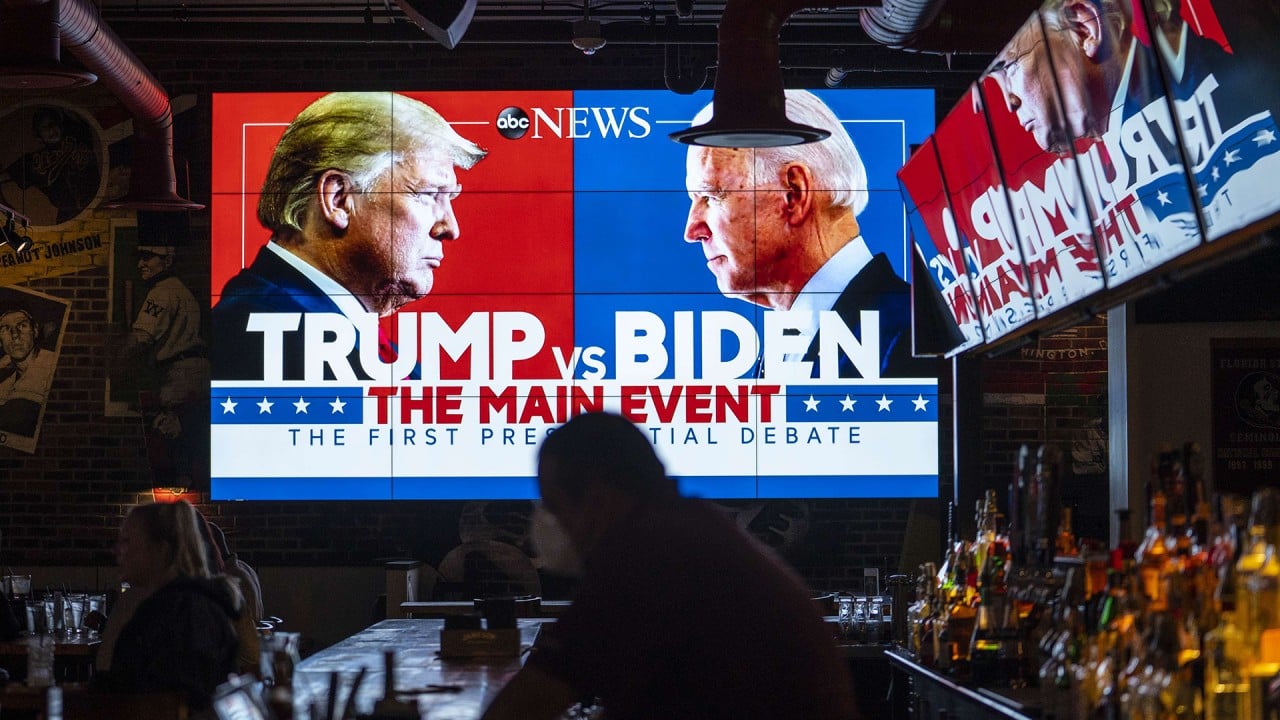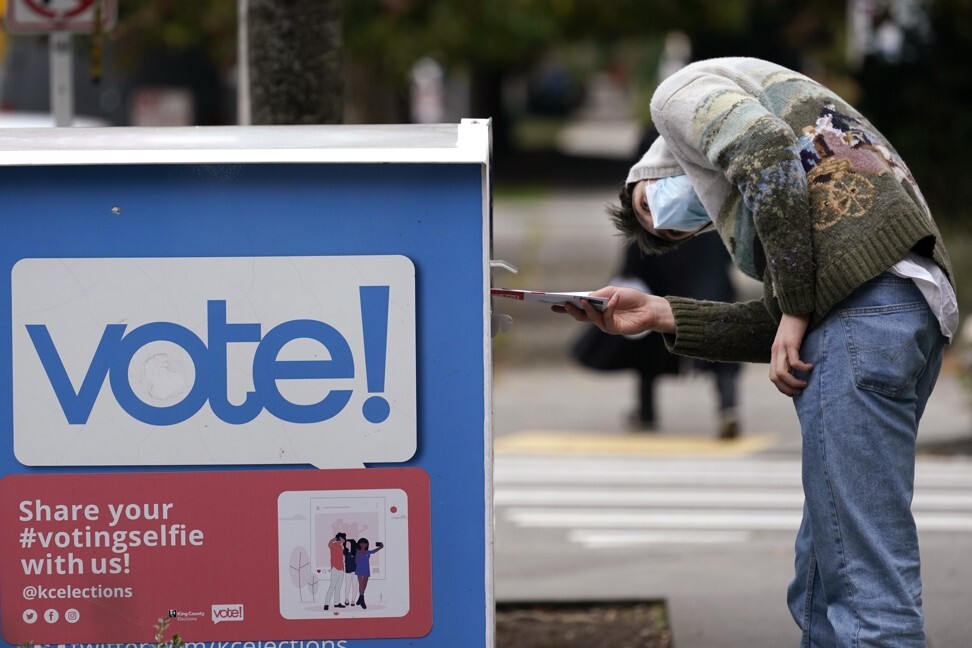
US election: are investors underestimating tail risks?
- Not only are markets not accounting enough for the threat of a messy, contested election, they are also assigning too low a probability to the possibility of a Democratic landslide
RealClearPolitics’ average of seven polls indicates that Democratic candidate Joe Biden’s lead over president Donald Trump has narrowed from 10.3 points on October 11 to 7.5 on October 28. This is still a comfortable margin, and one that has proved more stable than Hillary Clinton’s shrinking lead in the final stretch of the 2016 campaign.
Yet, the tightening in the race has contributed to a significant shift in betting markets, notably with regard to the probability of a “blue wave” whereby the Democrats clinch the presidency and both chambers of Congress. According to Predictit, a political betting site, the Democrats’ chances of a clean sweep have fallen from 62 per cent on October 7 to 54 per cent.

04:54
The US Electoral College: how does it work and why does it exist?
The nervousness among investment strategists is palpable. On October 27, JPMorgan published a report tellingly entitled “What if Trump wins?” Yet, in assigning a higher probability to an outcome that is less extreme than the two other scenarios investors were betting on over the past several weeks, markets are again in danger of underestimating the tail risks.
How Trump could end his presidency with a wild transition
The much tighter races in swing states, coupled with the controversy over postal votes (which are favoured more by Democrats than Republicans, and will take longer to count in several key states since they cannot be processed until election day), increase the scope for a disputed result.

For markets, the question is not just whether support for Trump in some of the battleground states proves stronger than anticipated, but also whether the political and legal thresholds for a contested outcome are lower than investors anticipate. To put it another way, are a sufficient number of key swing states susceptible to a prolonged and contentious vote count to tip the balance in favour of a disputed election?
Worst place, worst time: Trump faces virus spike in Midwest
According to the US Elections Project, more than 75 million Americans had voted as of October 29, 17 million more early votes than were cast in all of 2016 and 54.8 per cent of the total votes cast four years ago. Moreover, in states with party registration data, Democrats accounted for 47 per cent of early votes, compared with 29 per cent for Republicans.
The uncertainty in this year’s election cuts both ways. While investors have been concerned about polling data that understates the support for Trump, they have been less sensitive to the risk that polls are underplaying support for Democrats. This is because markets have yet to fully recover from the shock of 2016. Investors are hypersensitive to any sign that Trump is gaining on Biden, and fear polling errors that benefit the president far more than those that favour Democrats.
In the final days of the campaign, prediction markets are playing it safe, betting on an outcome that occupies the middle ground between a contested result and a Democratic sweep. These wagers may well pay off. Yet, for an election that remains highly unpredictable, markets are in danger of playing it too safe.
Nicholas Spiro is a partner at Lauressa Advisory

